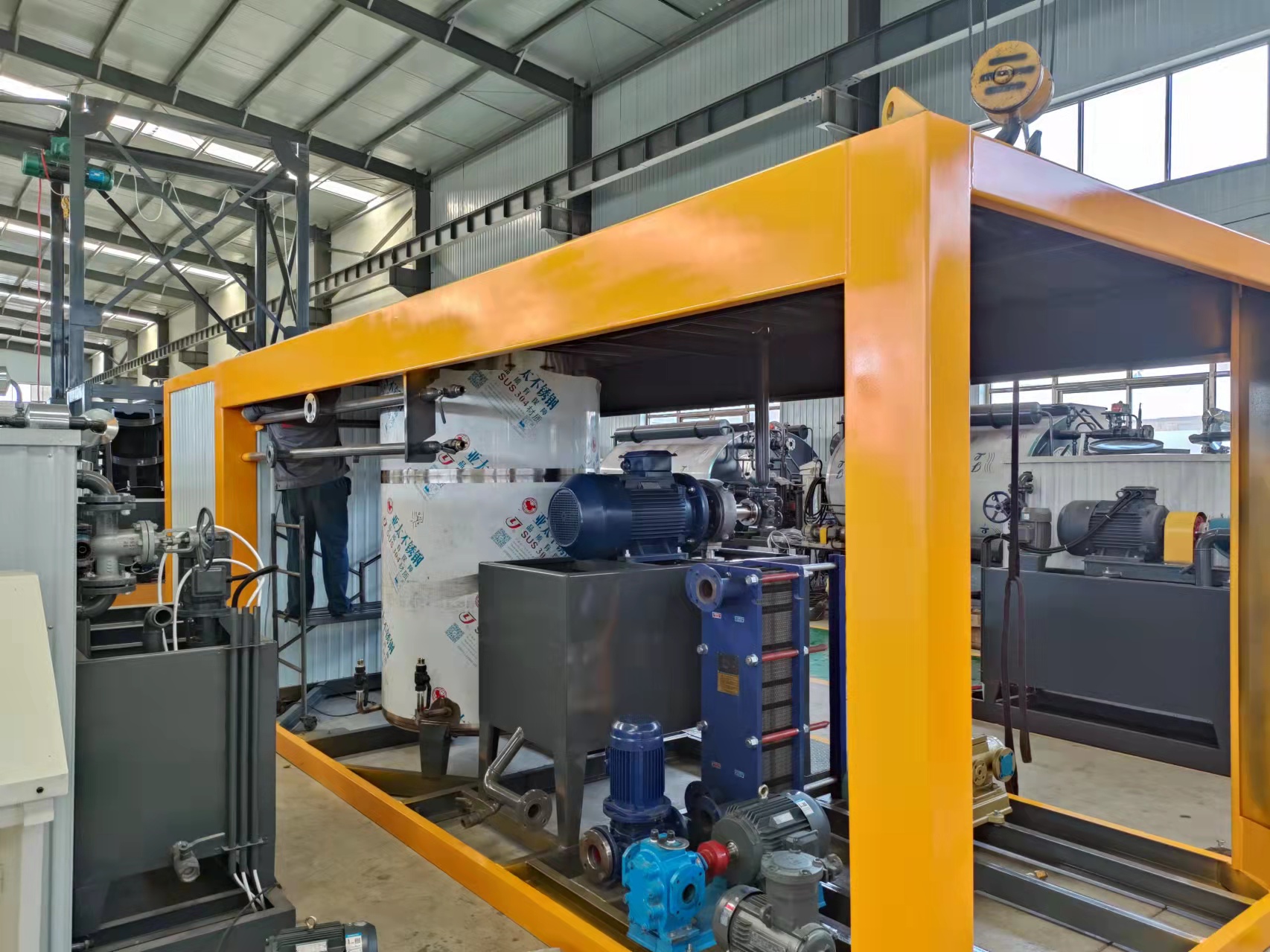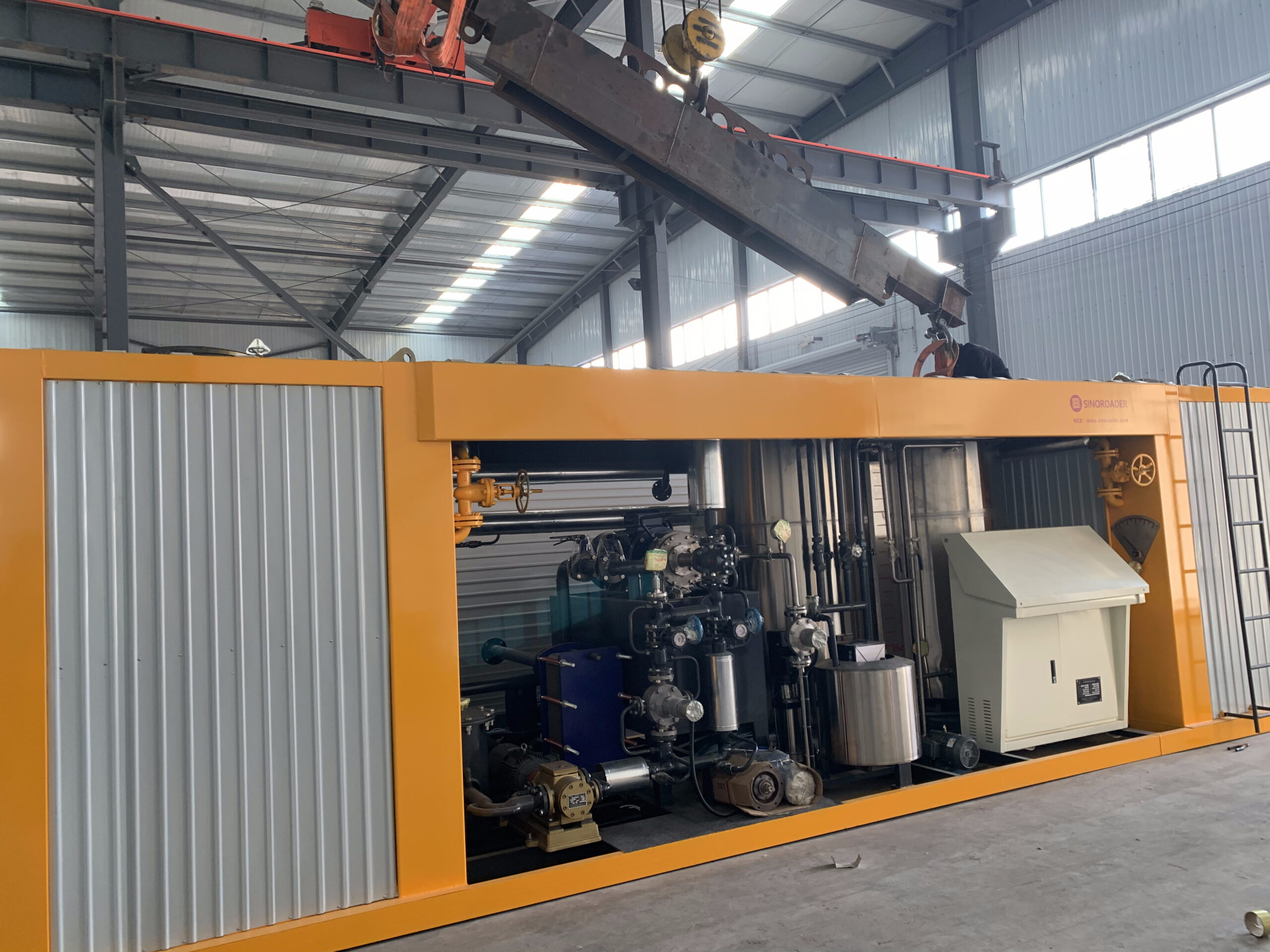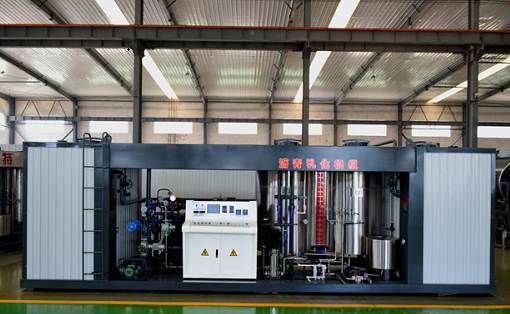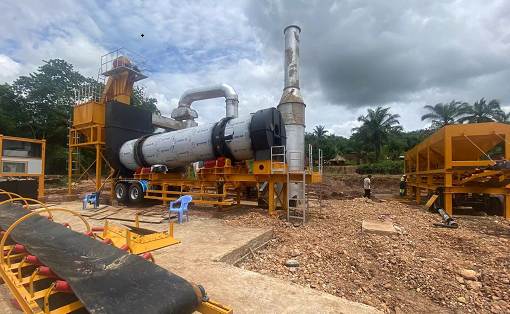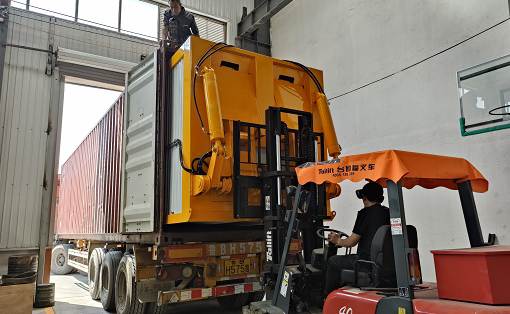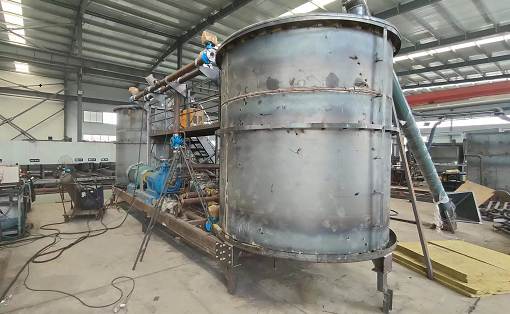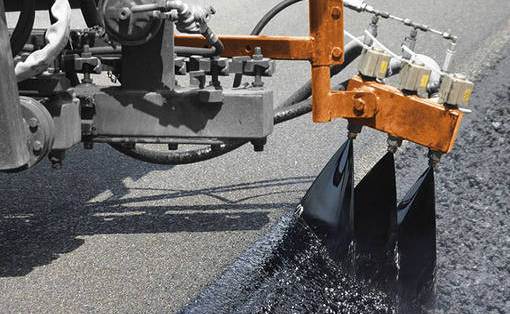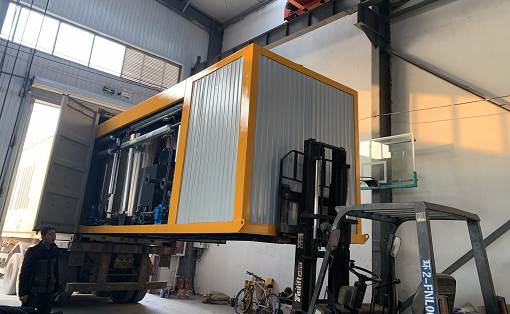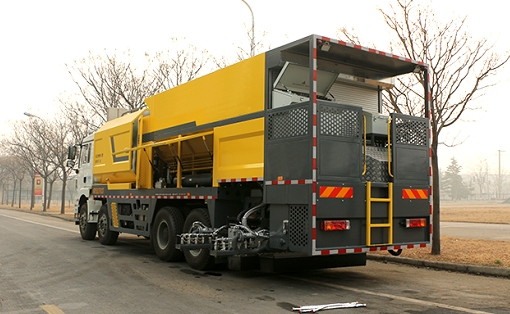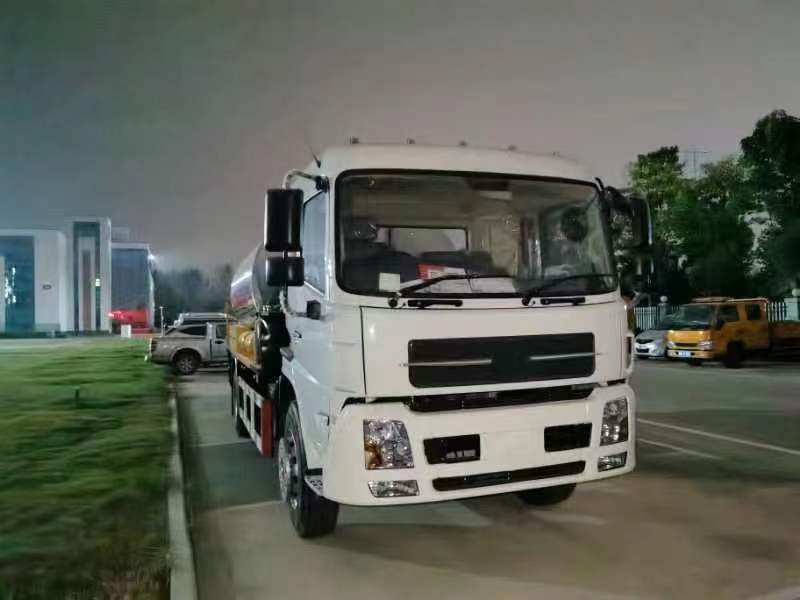What preparations should be made before using the modified emulsified asphalt equipment?
Modified asphalt equipment is a widely used asphalt equipment. Now its ultra-high performance has been widely praised by users. However, we must first ensure the safe use of modified asphalt equipment in order to fully demonstrate its performance. So how much do you know about the safe use and operation of modified asphalt equipment? Today, Gaoyuan Road Construction will explain it in detail:
1. Placement: The modified asphalt equipment should be placed on a flat place, and the front axle wheel should be fixed with sleepers and the tires should be suspended to ensure that the machine does not move around during operation.
2. Check regularly whether the mixer blades are deformed and whether the screws are loose.
3. Check whether the running direction of the mixing barrel is consistent with the arrow. If not, please replace the positive and negative poles of the wiring.
4. Before powering on, check for empty vehicle trial operation, check for leakage, and check the idling of the mixing barrel. The normal speed is about 3 times faster when the empty vehicle is full. If the speed is wrong, you should stop and check.
5. If the machine is stopped for more than one hour after the asphalt mixing is completed, clean the mixing barrel, pour in clean water, and clean the mortar. Then drain the water. Remember that there should be no water accumulation in the barrel to prevent the formula from changing and even rusting of the pages and other links.
Modified asphalt equipment is a widely used asphalt equipment. Now its ultra-high performance has been widely praised by users. However, we must first ensure the safe use of modified asphalt equipment in order to fully demonstrate its performance. So how much do you know about the safe use and operation of modified asphalt equipment? Today, Gaoyuan Road Construction will explain it in detail:
1. Placement: The modified asphalt equipment should be placed on a flat place, and the front axle wheel should be fixed with sleepers and the tires should be suspended to ensure that the machine does not move around during operation.
2. Check regularly whether the mixer blades are deformed and whether the screws are loose.
3. Check whether the running direction of the mixing barrel is consistent with the arrow. If not, please replace the positive and negative poles of the wiring.
4. Before powering on, check for empty vehicle trial operation, check for leakage, and check the idling of the mixing barrel. The normal speed is about 3 times faster when the empty vehicle is full. If the speed is wrong, you should stop and check.
5. If the machine is stopped for more than one hour after the asphalt mixing is completed, clean the mixing barrel, pour in clean water, and clean the mortar. Then drain the water. Remember that there should be no water accumulation in the barrel to prevent the formula from changing and even rusting of the pages and other links.

